In the context of artificial intelligence (AI) increasingly present in all aspects of life, the field of journalism and communication is becoming one of the pioneering industries applying AI to the working process. Thanks to AI, the tasks of journalists are somewhat simpler while the output products are more professional and diverse.
It can be said that AI is both the driving force behind new types of journalism and new methods of working, but it also comes with risks that traditional journalism has never faced before.
Journalist Wei Wei, Head of the Vietnamese Department of China Central Radio and Television (CMG), emphasized that the press is entering a "wave of intelligence" - an irreversible trend.
According to journalist Shen Shiwei from China Global Television Network (CGTN), the public's information consumption behavior is shifting from print and television to short videos , multi-platform, highly interactive content. This forces the press to break traditional boundaries, integrating technology-content-user experience to survive and develop.
Readers' and audiences' tastes change with technological developments, and at the same time, technology is increasingly applied in the information production cycle. Along with the rapid development of science and technology , AI is increasingly perfecting and proving its potential to become an indispensable "assistant" for journalists.
According to a study published by the Associated Press in April 2024, 70% of journalists in the US and Europe use AI to create social media posts, news stories, headlines, translate and transcribe interviews, build outlines, etc.
In the Global South, a Thomson Reuters Foundation survey (October 2024) found that 81.7% of journalists used AI, with 49.4% using it daily – suggesting that the technology is quickly becoming an essential part of the workflow.
AI has proven to be particularly useful in information processing stages such as searching for facts, summarizing text, analyzing data, etc., helping to save time and improve accuracy. Some international press agencies have pioneered the application of AI in their work, not only to take advantage but also to control and overcome the technical limitations of this technology.

For example, the Financial Times has built an internal tool called “AI Playground” that connects published content and manuscripts to a large language model (LLM). This tool allows reporters to test “prompts” to increase reader engagement through open-ended questions or to generate article summaries. The results show that readers are more engaged and more likely to continue paying for high-quality content.
Similarly, the New York Times uses AI to process dozens of hours of political interviews – a nearly impossible manual task under time pressure. AI helps to isolate important conversations, identify “valuable” details that help journalists select and develop effective articles.
The BBC is also testing AI to detect deepfakes. The tool is being refined to explain how it is detected, test its accuracy and incorporate a human verification process. Early results show it has great potential for use in combating misinformation.
The above examples show that AI is being oriented as a tool to support productivity and depth of work, not to replace the role of reporters.
However, the integration of technology and AI into the information production process has revealed certain limitations of this tool, the most notable of which is the impact on the inherent honesty of journalism. Because it operates on the principle of probability, AI can make hallucinations - creating content that seems reasonable but is false or irrelevant.
In addition, errors in input data or algorithms can lead to output bias, affecting objectivity and reliability - the core values of traditional journalism. This is not only a technical risk, but also potentially exploited for the purpose of distorting and manipulating public perception. Therefore, many leading press agencies always deploy AI projects with a strict monitoring process by journalists.
From the above stories of AI application at major media companies, experts have drawn 3 outstanding characteristics for successful AI application.
First, it is the willingness to commit. Newsrooms are willing to experiment with AI even if it is not immediately successful, because each experiment is a step forward in the journey to mastering the technology.
Second, there is a need to establish ethical standards. Media organizations have developed guidelines for the use of AI to ensure compliance with professional standards, transparency, and the public interest.
And finally, humans oversee the entire process. Any product that involves AI needs to be thoroughly vetted, verified, and edited by journalists, thereby maintaining the quality and authenticity of the content.
In the field of journalism and media, where the personal element of journalists is still highly valued and promoted, AI cannot replace humans. French journalist Alain Thomas believes that AI can suggest trending topics, but cannot replace the analytical ability, professional sensitivity and political courage of journalists.
Similarly, Japanese journalist Nagayo Taniguchi argues that AI processes information in terms of “average values”, while the real world contains exceptional elements, emotions, and surprises – things that cannot be digitized. If robots replace humans, journalism will lose the cultural depth and humanity that are the soul of journalism.
Furthermore, according to Mr. Leonid Kovachich, Head of Asia Department, Foreign Broadcasting Department of Sputnik news agency, when receiving content on social networks, there will be problems of fake news and real news. Meanwhile, experienced journalists can control, verify information, and evaluate sensitive political events, which AI cannot do.
Therefore, as journalist Wei Wei said, journalists in the AI era need to transform themselves from information "processors" to "smart producers" - knowing how to coordinate with technology to improve product quality, while mastering the risks that may arise.
Building a system to evaluate, inspect, and prevent risks of AI technology in the media sector will help create more and more in-depth and high-quality press products, meet public needs, and promote social progress.
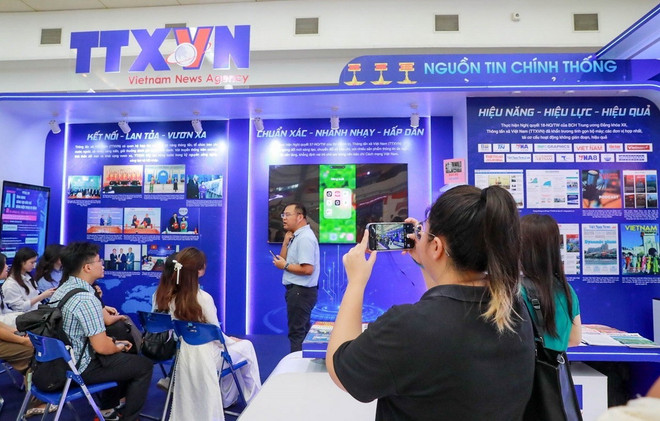
In Vietnam, the application of AI in journalism is still limited. However, recent policies are opening up significant development space. In December 2024, the Politburo issued Resolution 57-NQ/TW on breakthroughs in science, technology, innovation and national digital transformation, or recently the National Assembly issued "Resolution on piloting a number of special mechanisms and policies to create breakthroughs in science, technology, innovation and national digital transformation." These documents have laid the first foundation for the achievements of the scientific and technological revolution to permeate all areas of life, including journalism.
In that context, streamlining press agencies from central to local levels not only helps improve management efficiency, but also creates conditions to focus resources on digital transformation and innovation, including AI application.
AI opens up many opportunities for Vietnamese press to innovate, create and integrate internationally. However, to take advantage of it effectively, it requires initiative from both press agencies and individual reporters and editors - in learning, adapting and upholding the core values of journalism. Because most importantly, even in the AI era, humans are always the final stop in the information production process./.
Source: https://www.vietnamplus.vn/artificial-intelligence-can-replace-the-vai-tro-cua-phong-vien-hay-khong-post1045576.vnp





![[Photo] Binh Trieu 1 Bridge has been completed, raised by 1.1m, and will open to traffic at the end of November.](https://vphoto.vietnam.vn/thumb/1200x675/vietnam/resource/IMAGE/2025/10/2/a6549e2a3b5848a1ba76a1ded6141fae)















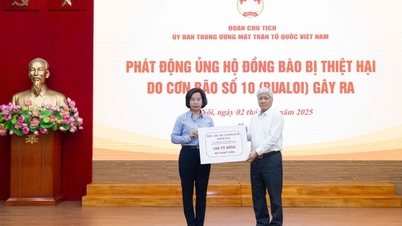

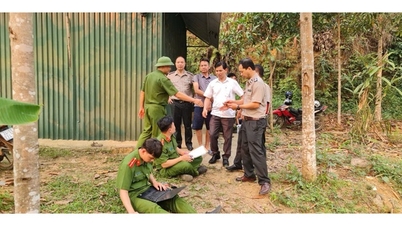


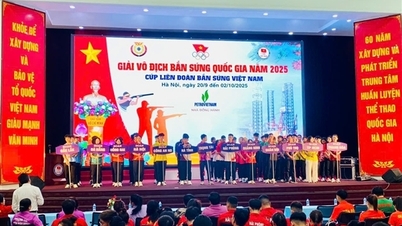
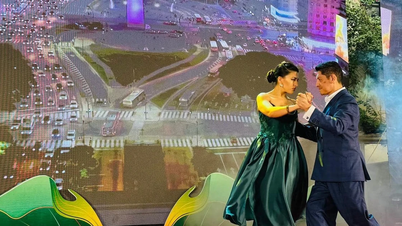





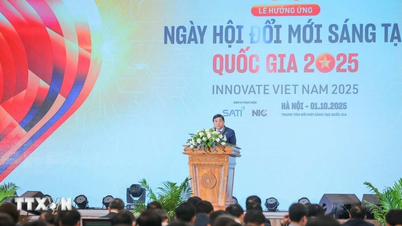
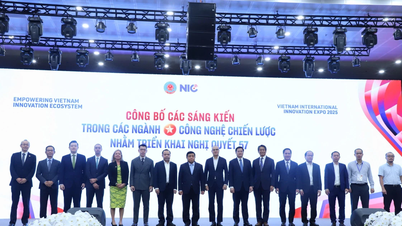
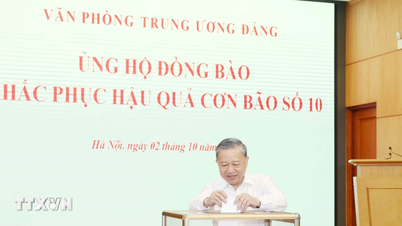













































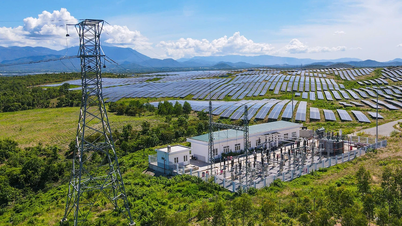






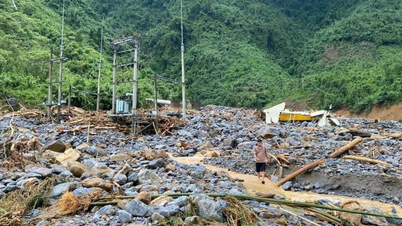















Comment (0)